Seed Tray Soil Depth: Finding the Sweet Spot for Healthy Seedling Roots
2025-07-31 21:10:40
Whether youre a home gardener or a small-scale grower, using seed trays is one of the most efficient ways to start your plants. However, many people overlook a seemingly small but crucial detail—soil depth. The depth of soil in your seed trays has a significant impact on seed germination, root development, and the overall health of your seedlings.
Too little soil can lead to root binding and dehydration. Too much, and you risk waterlogging or poor aeration. So, how deep should the soil in seed trays really be? Let’s find that sweet spot.
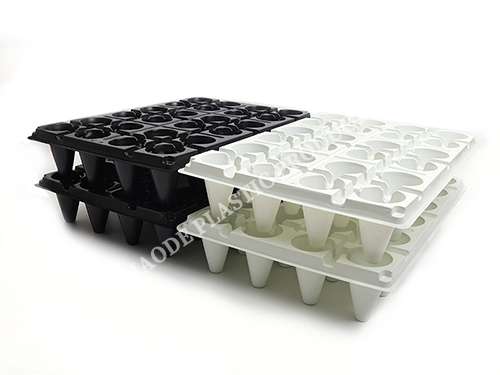
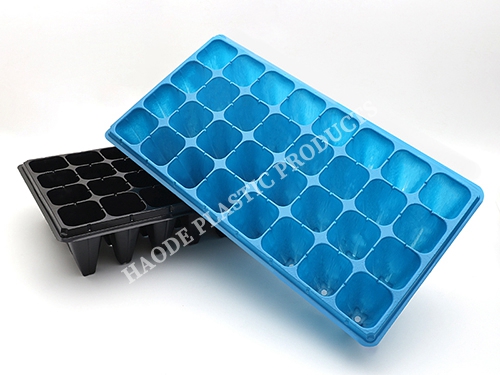
Why Soil Depth in Seed Trays Matters
Seedling development is highly sensitive in its early stages. The amount of soil available in a seed tray directly affects:
·Moisture retention
·Oxygen availability to roots
·Nutrient accessibility
·Root space for growth and anchorage
Understanding how soil depth contributes to these factors can help you maximize the potential of your seed trays and grow stronger, more transplant-ready seedlings.
Ideal Soil Depth for Most Seedlings
While soil depth can vary slightly depending on the type of plant, a general guideline is 1.5 to 2.5 inches (3.8 to 6.4 cm) of soil for most vegetable and herb seedlings.
This depth is ideal for:
·Allowing space for root expansion
·Retaining enough moisture without waterlogging
·Maintaining good air circulation around the roots
For plants with larger or deeper root systems, such as tomatoes or sunflowers, using seed trays with deeper cells (up to 3 inches) can be beneficial.
Problems Caused by Shallow Soil in Seed Trays
Using too little soil may seem like a way to save space or material, but it comes at a cost. Common issues include:
1. Root Binding
When soil depth is too shallow, roots hit the bottom of the tray quickly and begin circling. This leads to a tight, tangled root ball that can stress plants after transplanting.
2. Rapid Drying
Shallow soil loses moisture faster, requiring more frequent watering and increasing the risk of underwatering or inconsistent moisture levels.
3. Poor Nutrient Access
Smaller volumes of soil mean fewer nutrients are available to each seedling. Even with added fertilizer, the root system may not have room to grow and absorb effectively.
Problems Caused by Excessive Soil Depth
On the flip side, too much soil can be just as problematic, especially if the tray cells are too deep for the seed type:
1. Overwatering Risk
Excess soil retains more moisture and may lead to root rot if not properly drained. Seedlings in deep soil can suffocate if drainage is poor.
2. Weak Seedling Stems
If seedlings have to stretch too far to reach the light after germinating deep in the soil, they can become leggy and fragile, making them prone to collapse.
How to Choose the Right Seed Tray Depth
When selecting seed trays, consider the crop type and expected transplant time. A few helpful tips:
For Small or Fast-Growing Crops:
·Lettuce, basil, and flowers like marigolds thrive in 1.5–2 inch deep cells.
·These plants don’t need extensive root systems before transplanting.
For Larger or Slow-Growing Plants:
·Tomatoes, peppers, and eggplants benefit from deeper trays—2.5–3 inches.
·Deeper root development means healthier transplants and better garden performance.
Check Tray Labels:
Most seed trays list cell dimensions. Prioritize trays with good drainage and adequate depth for the crops you plan to start.
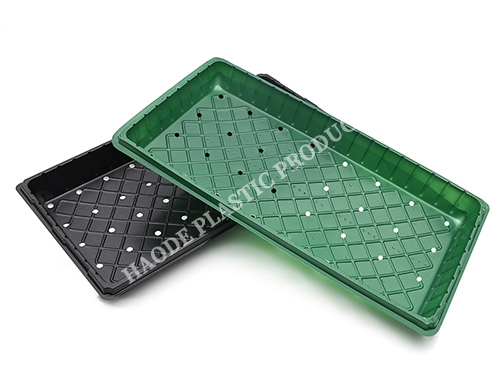
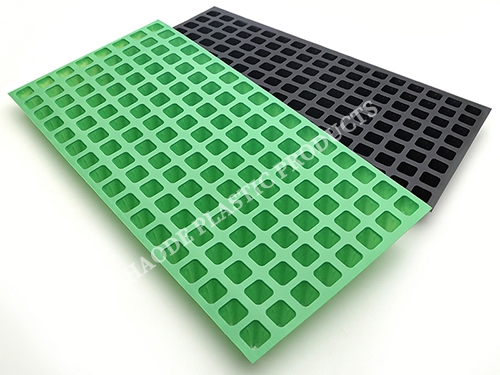
Tips for Maintaining Proper Soil Conditions in Seed Trays
Soil depth is only one part of the seed-starting equation. Here’s how to make the most of your chosen depth:
1. Use a Light, Well-Draining Mix
Seed-starting soil should be fluffy and moisture-retentive, but not compact. Avoid heavy garden soil.
2. Water Gently and Evenly
Avoid overwatering or creating channels in the soil. A bottom-watering method helps ensure consistent moisture without displacing seeds.
3. Label Each Tray by Plant Type
Since different plants need different depths and care, labeling your seed trays helps you manage them more effectively.
4. Monitor Root Development
Gently remove a seedling after 2–3 weeks to inspect root growth. If roots are dense at the bottom early on, consider a deeper tray next time.
Conclusion
The success of your seedlings starts with the right environment, and seed tray soil depth plays a bigger role than most realize. By aiming for that sweet spot—1.5 to 2.5 inches of well-draining soil, depending on the plant—you give your seedlings the room, moisture, and nutrients they need to thrive.
Whether youre growing herbs, vegetables, or flowers, choosing the right soil depth in your seed trays is one of the simplest ways to set your garden up for success. With proper planning and a few best practices, you can grow healthier seedlings and enjoy more productive harvests.
Ready to level up your growing game? Start by giving your seedlings the foundation they deserve—with the right soil depth in your seed trays.
References
GB/T 7714:Poorter H, Niklas K J, Reich P B, et al. Biomass allocation to leaves, stems and roots: meta‐analyses of interspecific variation and environmental control[J]. New phytologist, 2012, 193(1): 30-50.
MLA:Poorter, Hendrik, et al. "Biomass allocation to leaves, stems and roots: meta‐analyses of interspecific variation and environmental control." New phytologist 193.1 (2012): 30-50.
APA:Poorter, H., Niklas, K. J., Reich, P. B., Oleksyn, J., Poot, P., & Mommer, L. (2012). Biomass allocation to leaves, stems and roots: meta‐analyses of interspecific variation and environmental control. New phytologist, 193(1), 30-50.

The CNC Seed Braiding Machine is a high-precision, fully automated agricultural equipment s...
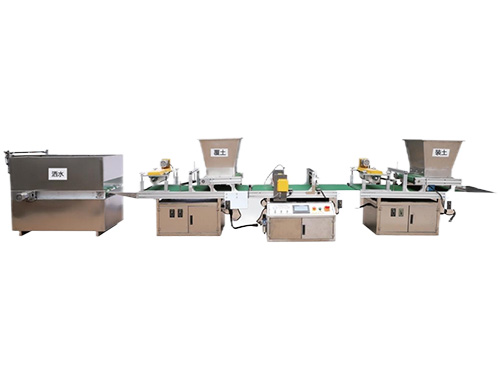
It adopts electrical integration and can be started by pressing the fully automatic button ...
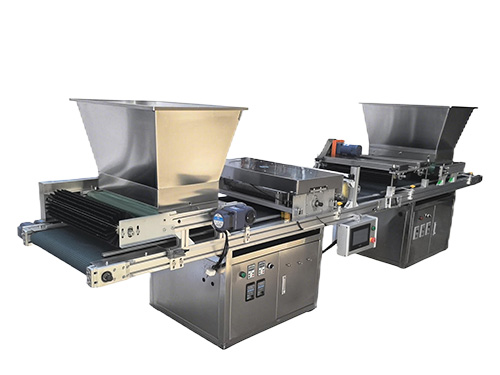
The XP750 seeder has stable performance, excellent product quality, simple and convenient o...
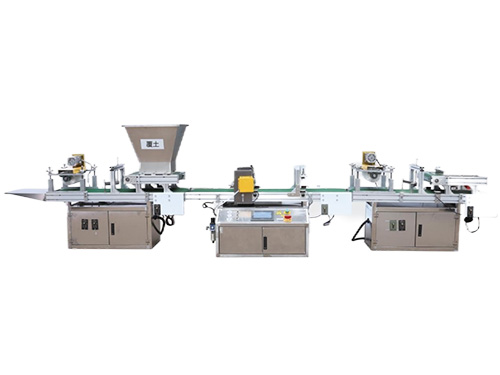
It adopts electrical integration and can be started by pressing the fully automatic button ...



